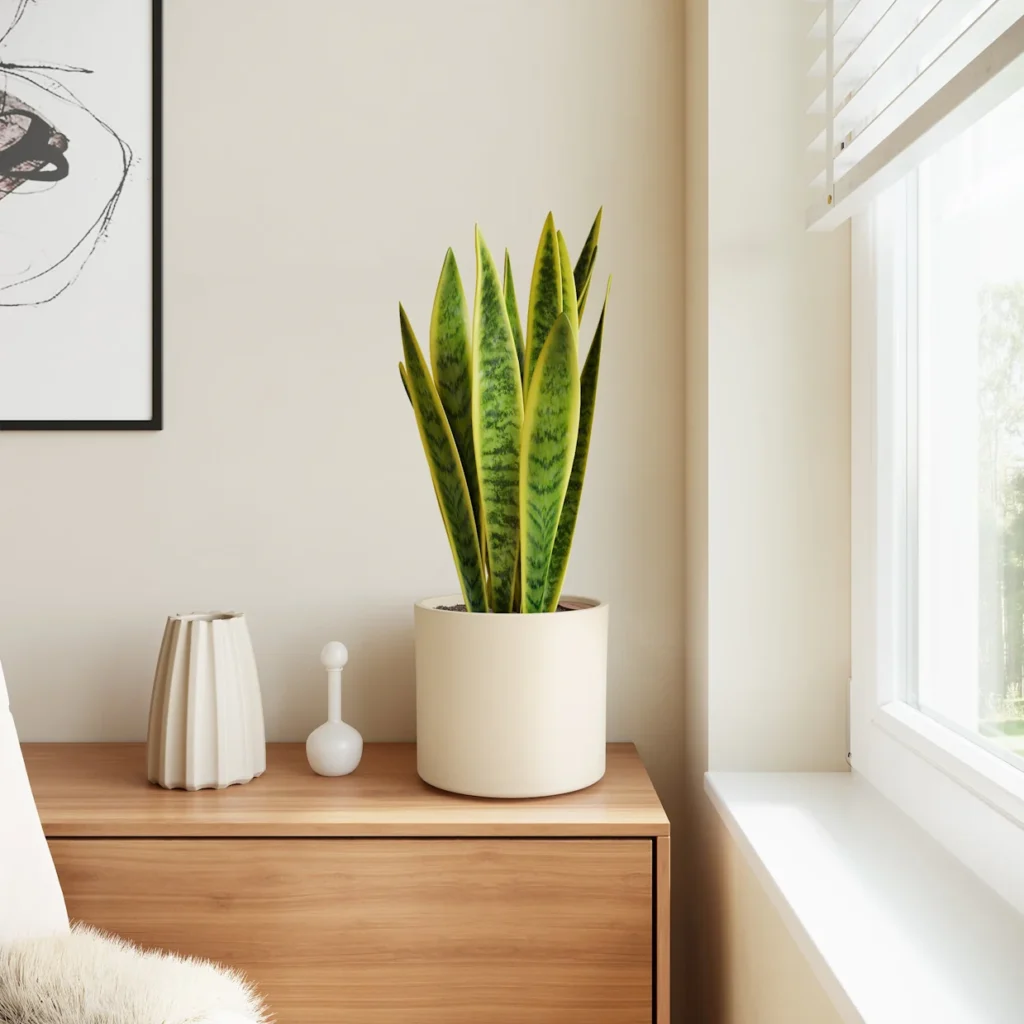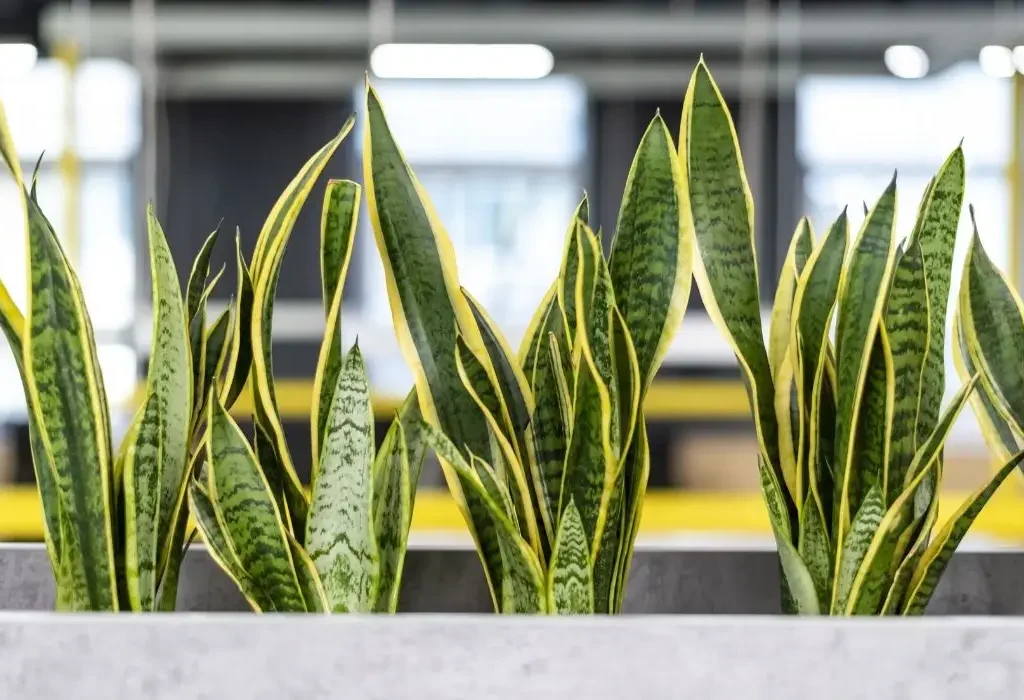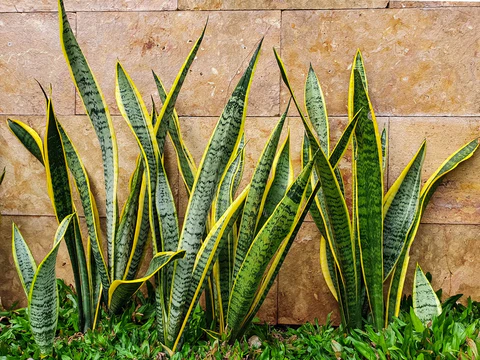In today’s fast-paced world, it can be tough to find time for hobbies like gardening — but what if there was a houseplant so tough, so forgiving, and so easygoing it practically takes care of itself? Enter the snake plant (Sansevieria, now classified as Dracaena trifasciata), one of the most low-maintenance and stylish plants you can keep indoors.
Whether you’re a frequent traveler, juggling a hectic work schedule, or new to indoor gardening, snake plants are practically made for busy people. In this complete guide, we’ll cover the snake plant care basics — including light, watering, repotting, and simple troubleshooting — so you can enjoy this bold, sculptural plant without adding stress to your routine.
Why Snake Plants Are Perfect for Busy People

Snake plants are often nicknamed “indestructible” houseplants — and for good reason. Here’s what makes them ideal for people on the go:
- Drought-tolerant: Can go weeks without water.
- Light-flexible: Thrives in low, medium, or bright light.
- Minimal feeding needs: Requires infrequent fertilizing.
- Air-purifying qualities: Removes toxins like formaldehyde and benzene.
- Slow-growing: No need for constant pruning or repotting.
- Resilient to neglect: Forgives missed waterings and variable conditions.
If you’re looking for a plant you won’t accidentally kill, the snake plant is it.
Snake Plant Care Basics
Let’s break down everything you need to know to keep your snake plant thriving with minimal effort.
Light Requirements
Ideal Light:
Bright, indirect sunlight.
Tolerates:
- Low-light corners
- Artificial office lighting
- Partial sun (morning or late afternoon)
Avoid:
Intense, direct midday sun, which can scorch the leaves.
Busy-Person Tip:
Place your snake plant anywhere with natural light, even if it’s a dim hallway or shaded bedroom corner — it’ll be just fine.
Watering Needs
This is where most indoor plants fail, but snake plants excel because they’re drought-tolerant succulents.
How Often to Water:
- Spring and Summer: Every 2-4 weeks
- Fall and Winter: Every 4-6 weeks
Watering Rule:
Let the soil dry out completely before watering again.
How to Water:
- Water thoroughly until water drains from the bottom.
- Empty the saucer to avoid soggy roots.
Busy-Person Tip:
Set a phone reminder for watering days, or better yet, water when you remember — missing a week won’t hurt it.
Soil and Potting
Snake plants need soil that drains quickly.
Best Soil:
- Cactus or succulent mix
- Or regular potting soil mixed with perlite or coarse sand (2:1 ratio)
Pot Requirements:
- A pot with drainage holes.
- Terracotta pots are ideal because they help dry out soil faster.
Busy-Person Tip:
Choose a well-draining pot and soil once, and you won’t have to worry about frequent repotting or root rot.
Temperature and Humidity

Preferred temperature: 60°F–85°F (15°C–29°C)
Tolerates:
Normal indoor humidity levels.
Avoid:
- Temperatures below 50°F (10°C)
- Drafty windows or air conditioner blasts in winter
Busy-Person Tip:
If your home is comfortable for you, it’s fine for your snake plant too.
Fertilizing
Snake plants are light feeders.
When to Fertilize:
- During the growing season: once every 2-3 months
- Use a balanced, diluted houseplant or succulent fertilizer.
No Fertilizer Needed:
In fall and winter when plant growth slows.
Busy-Person Tip:
Skip fertilizing altogether if you forget — your plant will still survive without it.
Pruning and Cleaning

Pruning is rarely necessary, but it helps keep your plant neat.
When to Prune:
- Dead, yellowing, or damaged leaves
- To shape or control height
How to Clean:
- Wipe leaves with a damp cloth to remove dust every couple of months.
Busy-Person Tip:
Clean your plant during your regular home cleaning routine — no extra fuss needed.
Snake Plant Propagation (Only If You Want More)
If you do find time to multiply your plant collection, snake plants are ridiculously easy to propagate.
Simple Methods:
- Leaf cuttings in water or soil
- Division at the roots when repotting
Busy-Person Tip:
Not required unless you feel like it — your snake plant will happily grow alone.
When to Repot Your Snake Plant

Snake plants like to be snug in their pots and don’t need frequent repotting.
Signs It’s Time to Repot:
- Roots growing out of the drainage holes
- Pot cracking from root pressure
- Water draining too quickly
When to Repot:
Every 2-3 years, ideally in spring or summer.
Busy-Person Tip:
If you skip a year or two — no worries, snake plants tolerate being root-bound.
Common Snake Plant Problems (and How to Fix Them)
| Problem | Cause | Solution |
|---|---|---|
| Yellow, mushy leaves | Overwatering | Cut off affected parts, reduce watering, repot if necessary |
| Brown, crispy leaf tips | Low humidity or inconsistent watering | Trim tips, mist occasionally (optional) |
| Leaning or drooping leaves | Overwatering, poor light, overcrowded roots | Adjust care routine, prune, or repot |
| Slow growth | Low light or cool temperatures | Move to a brighter, warmer location |
Busy-Person Tip:
Snake plants tolerate imperfections. Most problems resolve once watering habits or light conditions are adjusted.
Why Snake Plants Are a Busy Person’s Best Plant Friend

Let’s recap what makes snake plants so perfect for hectic lifestyles:
- Forgives missed waterings
- Thrives in low to bright light
- Rarely needs repotting
- Cleans indoor air naturally
- Minimal pest issues
- Looks stylish with modern, minimal effort
Snake plants are basically set-it-and-forget-it greenery for your home.
Final Thoughts
If you want to enjoy the benefits of indoor plants without the daily care routines, the snake plant is your ideal match. With its sturdy leaves, low-maintenance needs, and incredible tolerance for neglect, it’s the ultimate plant for busy people.
By following these simple care basics — giving it light, infrequent waterings, well-draining soil, and occasional cleaning — your snake plant will reward you with year-round greenery and cleaner air.
So, whether you’re a frequent traveler, work long hours, or simply forget to water your plants, don’t worry. Your snake plant will patiently thrive while waiting for you to notice it again.





